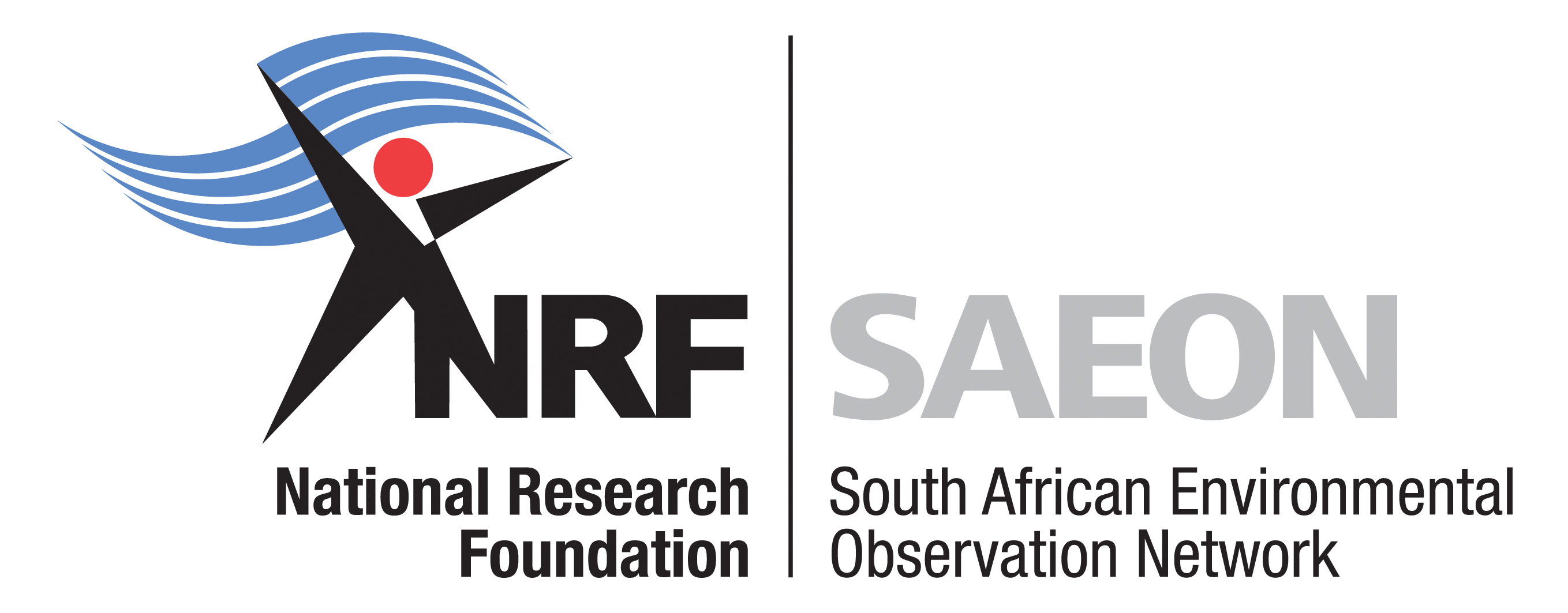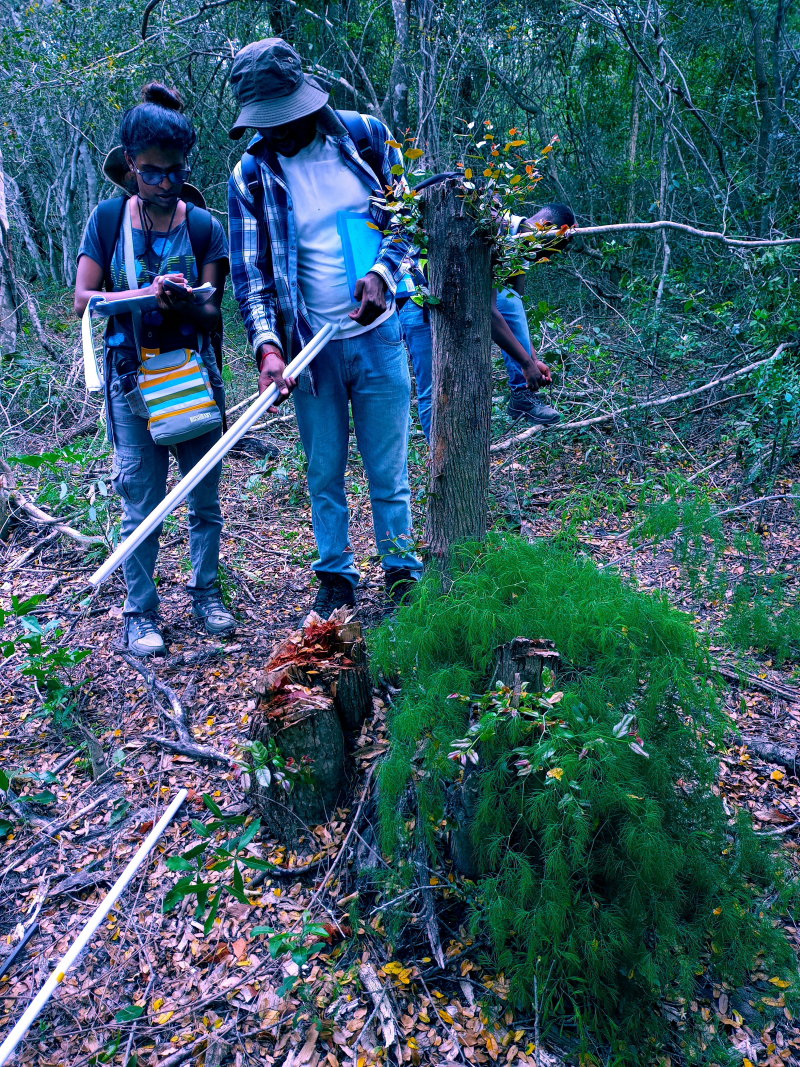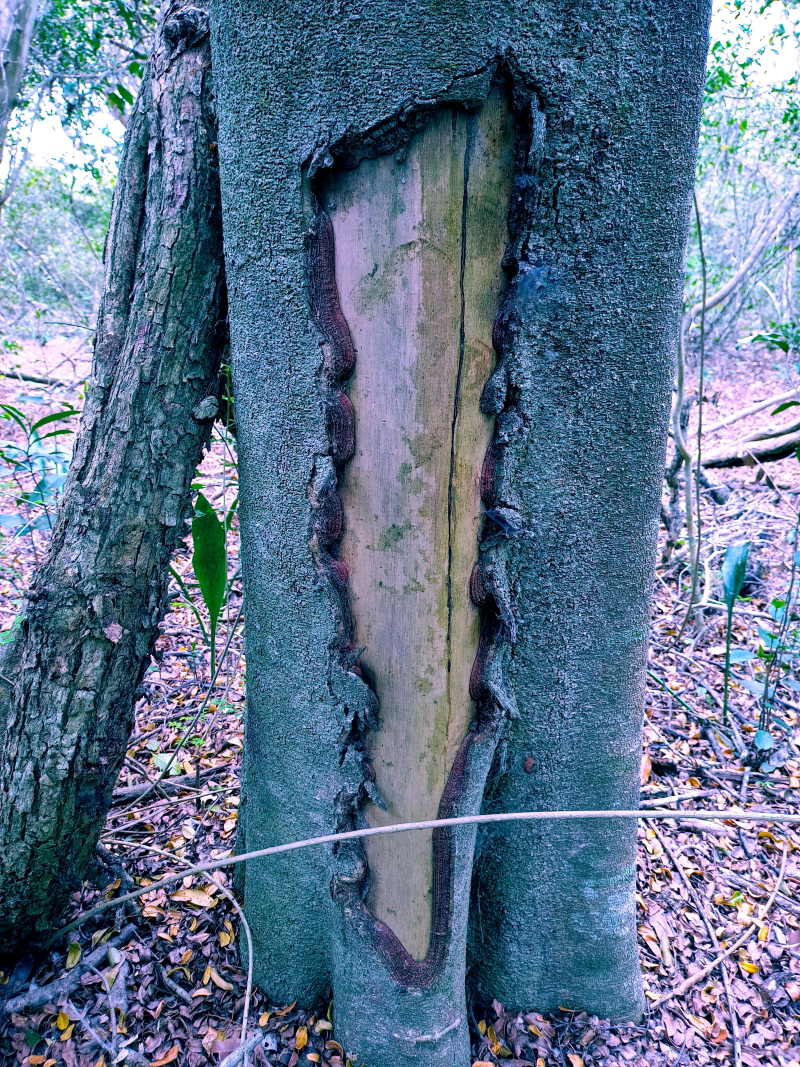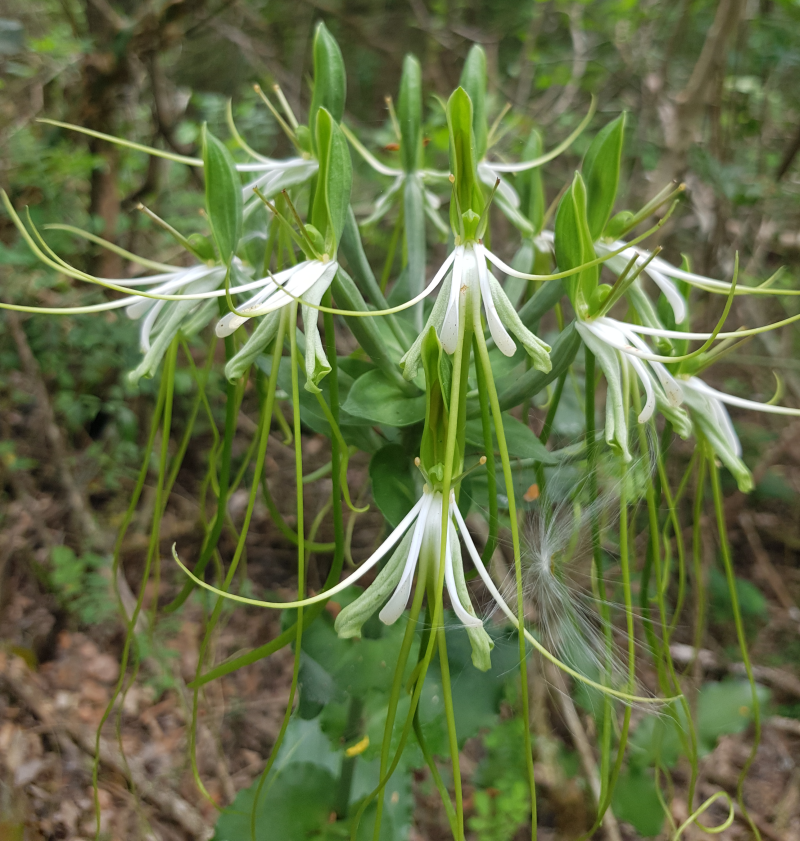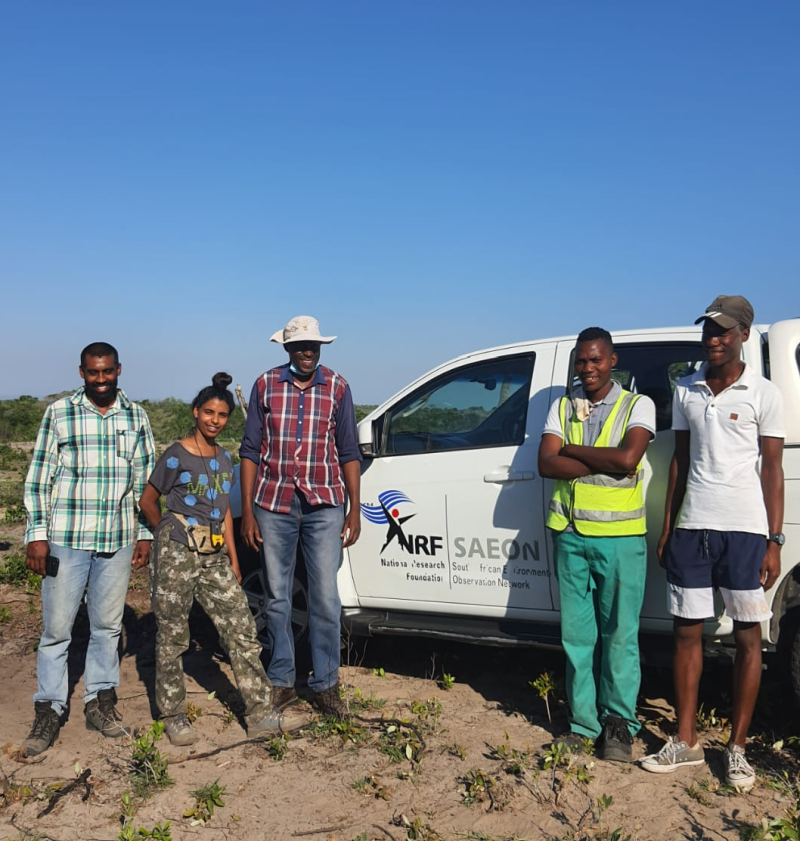eNews
#06 2020
DSI-NRF intern finds new locality for rare orchid in South Africa
By Susan J van Rensburg, Coordinator, SAEON Grasslands-Wetlands-Forest Node
- contents
- Crucial milestone for ecosystems research in South Africa
- Landmark agreement signed for Global Ecosystem Research Infrastructure
- Mariepskop Catchment: A new platform for studying the impacts of restoration on freshwater supply and biodiversity
- Global Covid-19 pandemic adds to the pressures faced by natural resources: Using SAEON data to inform the sustainable management of lengana
- The SAEON Data Portal is getting better and better!
- Development of Environmental Economic Accounting in South Africa
- Using BRUVs to explore the lesser-known areas of the iSimangaliso Wetland Park
- Orange is the new evergreen: Exploring the physiological limits of South Africa’s Subtropical Thicket to drought
- New locality for rare orchid in South Africa
- Early-career recognition for SAEON student
- Fynbos Node cleans up prizes at first online Fynbos Forum 2020 conference
- My first conference presentation as an upcoming plant hydraulic scientist
- SAEON celebrates National Marine Week 2020… virtually
- SAEON Kids soak up knowledge at virtual Grade 11 science camps
- SAEON in the media
It was going to be a hot day in the field as we started off bushwhacking through remote entangled forest patches to those randomly generated GPS points that have no regard for obstacles or dangers that may be in your path. The darkness of the forest and the early morning sense of ‘things’ moving about makes one aware of sounds never heard before.
Relatively new to fieldwork, Rhodes MSc student Sauleha Rajak whispers, “Did you hear that?” “Yes,” I answer, “but I am not sure what it is… might be a hippo still out of the water, perhaps a mother with her calf hidden in the thick bush. We had better be careful, stick together and keep an eye out for trees you can climb.”
As her eyes widen, I smile. What an amazing feeling to know that outside of protected areas in the remoter areas of South Africa you can still have that feeling. I was loving every minute of it.
Intern Sachin Dorsamy and I were assisting Sauleha with her fieldwork up in northern Maputaland. She is interested in understanding whether sacred forests outside of protected areas play a role in biodiversity conservation.
In this leg of her studies, she was doing vegetation surveys to assess the level of resource utilisation within the selected forest. I had happily volunteered for the job of finding easy routes between those random GPS points (earning the nickname ‘recce Sue’), while the others did the more serious work of assessing the plots.
Rhodes University MSc student Sauleha Rajak (right) being assisted by local community member Bomba Ngubane.
After making our way up a narrow sandy path to the top of a dune, we had the sense that we were moving into a more ancient part of the forest. Finding the first point together, the team set up the tape measure and were about to start with their assessment when consternation erupted. It was Sachin. Fortunately, this was not the kind of consternation that makes you look for the closest tree. It was the ‘grab your camera and come have a look at this’ kind of ecstatic urgency.
Sachin had found a flowering Bonatea lamprophylla. Thanks to his extensive plant knowledge and work with CREW, he immediately knew the significance of his find.
Of concern for this red listed species is that much of its optimum habitat has been destroyed by land transformation (dune mining) and a number of known local populations in the northern Maputaland coastal area have recently been destroyed or have disappeared for unknown reasons. There was ample reason to celebrate this find as it was confirmed as a new locality for this species by local orchid expert and Ezemvelo KwaZulu-Natal Wildlife Park ecologist for Isimangaliso Wetlands Park, Bridget Church.
Sachin carefully checked around and confirmed there was a reasonable population with several flowering individuals. His MSc supervisor, Professor Steve Johnson, was ecstatic to hear about the find and when we returned to the area the following week it was with a trip camera in hand.
Sachin set up a camera for Steve to try and capture what was pollinating these remarkable plants. Unfortunately, when we retrieved the camera, there were no images of the elusive pollinators for these stunning and remarkable flowers.
Bonatea lamprophylla is a red listed species. Much of its optimum habitat has been destroyed by land transformation.
Multi-stakeholder collaboration – merging indigenous knowledge systems with the science
The Lake Sibaya Conservation and Development Trust (LSCDT) is a local organisation within the Mabasa community with whom SAEON works closely to co-generate knowledge. Their vision is to seek sustainable alternatives to practices that are negatively impacting Lake Sibaya and associated wetlands systems.
Having been granted permission by the Inkosi to work in the sacred forest area, we were fortunate to have a member of the LSCDT, “VR” Nxulamo, guide us in the field to ensure appropriate protocols were followed and to participate in the process, merging indigenous knowledge systems with the science being undertaken. This resulted in an incredibly rich experience for all involved, where mutual learning was the order of the day and insights gained that would have been left in the dark if working in isolation.
We are excited about the collaboration with Sauleha, Rhodes University and her supervisor Charlie Shackleton. Sauleha’s project has provided the opportunity to get a sense of the extent of utilisation within the forest. The areas sampled so far exclude the ‘sacred area’, which will be done in the near future.
We are looking forward to seeing the results of her work. Many questions arise from seeing the type and level of use, such as the importance of the resources for local livelihoods and the potential impact of various global change drivers on this.
We hope to collaborate further on setting up longer term observation systems that can intersect various disciplines such as resource use, economics and resilience in relation to change as a social ecological system. As SAEON Grasslands Node PhD candidate Allister Starke has demonstrated, there are a number of valuable resources within the Maputaland area that could provide potentially viable economic alternatives to Eucalyptus plantations which are threatening the water resources of the area.
We also need to understand how rare species such as Bonatea lamprophylla are being impacted on, both from direct human activities in the forest as well as climate change-related issues. Community-driven initiatives aimed at seeking alternative economies and sustainable harvesting practices such as the LSCDT are spearheading, are vital for the long-term resilience of this system under land-use and climate change pressures.
